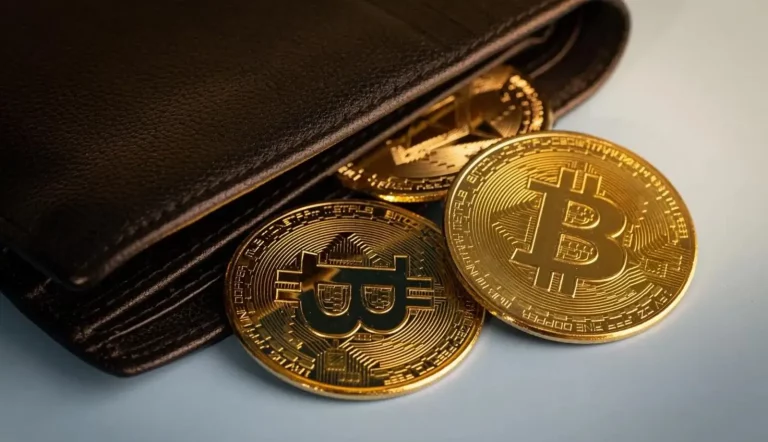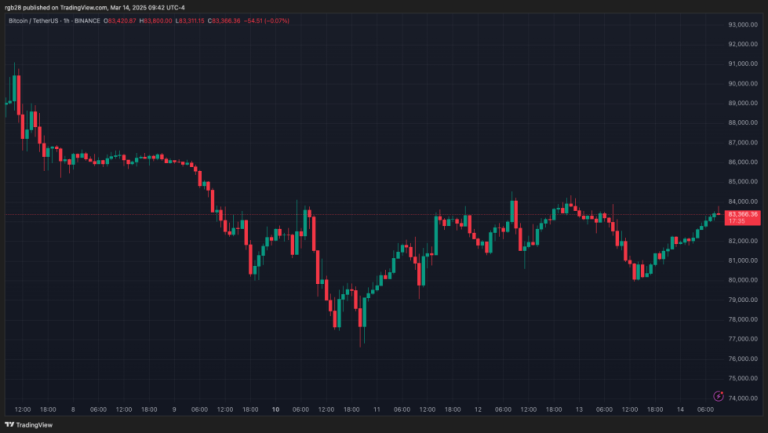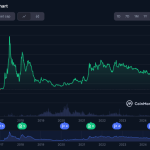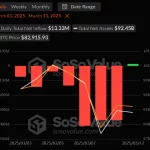On a cold February morning in 2014, Kolin Burges stood outside Mt. Gox’s Tokyo office, holding a handwritten cardboard sign and demanding answers from the bitcoin exchange’s CEO, Mark Karpeles, regarding his missing tokens.
Now, eleven years later, the iconic sign that symbolizes crypto’s first major financial scandal is up for auction on Scare.City with a reserve price of 4.5 BTC ($383,000). The sale begins later on Friday and concludes on April 3.
“At that time, I never imagined it could become valuable,” Burges mentioned in an interview with CoinDesk in Hong Kong. “I thought maybe I would write a book one day, but the sign itself didn’t seem significant. It’s amazing how things have changed.”
Burges had flown from London to Tokyo after Mt. Gox, which was then the world’s largest bitcoin exchange, froze withdrawals without explanation.
One day, Burges woke up and felt a strong urge to travel to Tokyo,” he remembered. “I didn’t have a detailed plan. I just knew I had to be there.
When the withdrawal didn’t go through, I started to feel increasingly anxious. Initially, I wasn’t entirely sure, but as time passed, it became evident that something was seriously wrong.”
His spontaneous protest quickly garnered global media attention, even catching the eye of mainstream financial press like the Wall Street Journal.
Burges described those initial days in Tokyo as surreal and almost otherworldly.
“The moment I confronted Karpeles was intense,” he recalled. “I demanded answers, but he dismissed me, blaming technical issues. It felt surreal standing there in the snow, knowing that something significant was unfolding.
As Burges protested outside Mt. Gox’s offices, the exchange’s efforts to contain the public fallout became increasingly apparent.
“Mt. Gox kept offering hope, but everyone could see that the situation was getting out of hand,” Burges stated. “They even invited us inside for a private protest. Anything to get us out of public view. It was absurd and desperate.
Burges remembered how, over drinks, someone from Mt. Gox, whom he chose not to name, privately pressured him to stop.
“At one point, representatives from Mt. Gox met with me in secret, warning that continued protests would lead to the collapse of the exchange and everyone losing their bitcoins,” he said. “That conversation made it clear that they knew more than they were admitting, and the situation was far worse than publicly acknowledged.
Then, according to Burges, one representative tried to pay for their drinks with a Mt. Gox credit card, which was declined.
“It was a foreboding sign that their banking relationships were falling apart,” Burges remarked.
Mt. Gox declared bankruptcy in February 2014, just days after Burges began his protest.
Seven years later, Karpeles was acquitted of embezzlement in a Tokyo court while receiving a suspended sentence for data manipulation.
Last September, Karpeles launched a new crypto exchange called EllipX. He also founded a crypto ratings company named Ungox in 2022.
In an interview with CoinDesk during Korea Blockchain Week in August 2024, Karpeles stated that if he had access to modern blockchain analytical tools in 2014 and used third-party custodians, the Mt. Gox incident “wouldn’t have happened.”








